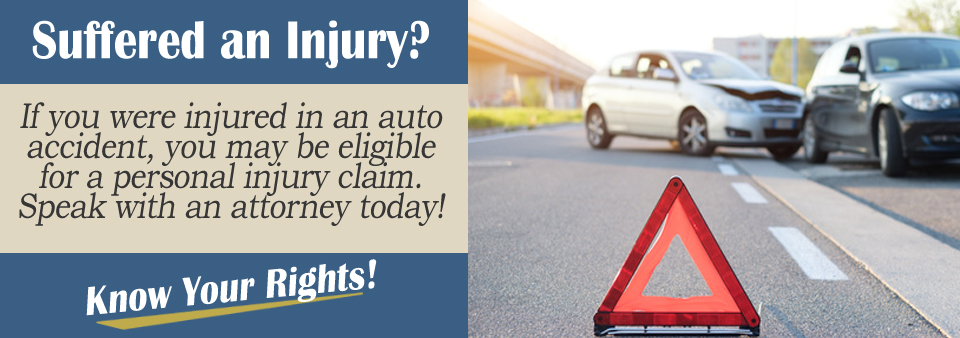It is one of the most frightening and potentially most dangerous types of car accidents.
It is called the head-on collision and it can happen anywhere, at any time. You can suffer from a high-velocity head-on crash while traveling on a highway or a low-velocity impact made in a parking garage. For any type of head-on vehicle accident, you need to know how to file an insurance claim that eventually compensates you for all the costs associated with the auto accident.
Know How to File a Claim
It is especially important to file a timely insurance claim, if you were not at fault for causing the accident. Discovering who was at fault for a car crash matters because the driver at fault must have enough insurance to cover the damages suffered by the other driver.
Some head-on collisions are easy to determine fault, such as when one of the drivers tested above the minimum blood alcohol content level set by your state.
However, some head-on accidents put some of the fault on each driver, which means each insurer will be on the financial hook for some of the costs generated by the accident. In a head-on collision that was primarily your fault, you will need to file claim that covers at-fault vehicle accidents.
What is the Process for Filing a Claim?
Regardless of the velocity of each vehicle, law enforcement will have to get involved in the filing of an insurance claim. As the most important document sent with a claim, a police report presents a detailed account of a head-on crash, with plenty of supporting evidence in the form of physical proof and the accounts of witnesses.
In the infrequent cases when a law enforcement agency determines it does not need to respond to a head-on accident, it will be up to you for collecting and submitting the evidence needed to file a legally valid insurance claim. Before collecting evidence, make sure everyone involved in the head-on collision does not require immediate medical care.
Using your cell phone, take photos of the damage inflicted on your vehicle. For a head-on crash, most of the damage should be located at the front of your car. Pay attention to every damage detail, as there might be significant damage caused to the braking and suspension systems. Make sure to take pics of the condition of the road surrounding the accident area.
Sometimes, a poorly maintained road can cause a driver to veer off course and hit another vehicle straight on. Weather conditions also play a role in causing head-on crashes. You should shoot a few pics of the area to capture the type of weather that occurred on the day of the head-on collision.
The Importance of a Personal Injury Lawyer
Head-on vehicle accidents can cause a wide variety of injuries, some of which might be considered serious. To recoup the financial loss of paying for treatment and rehabilitation expenses, you should consult with a state licensed personal injury attorney who specializes in handling auto accident cases.
Your lawyer will also help you file a comprehensive claim in a timely manner. If there are issues with either insurance company, your personal injury attorney will address the issues to keep your claim on track.
Schedule a free initial consultation with an experienced personal injury lawyer to determine how to proceed with your insurance claim.
